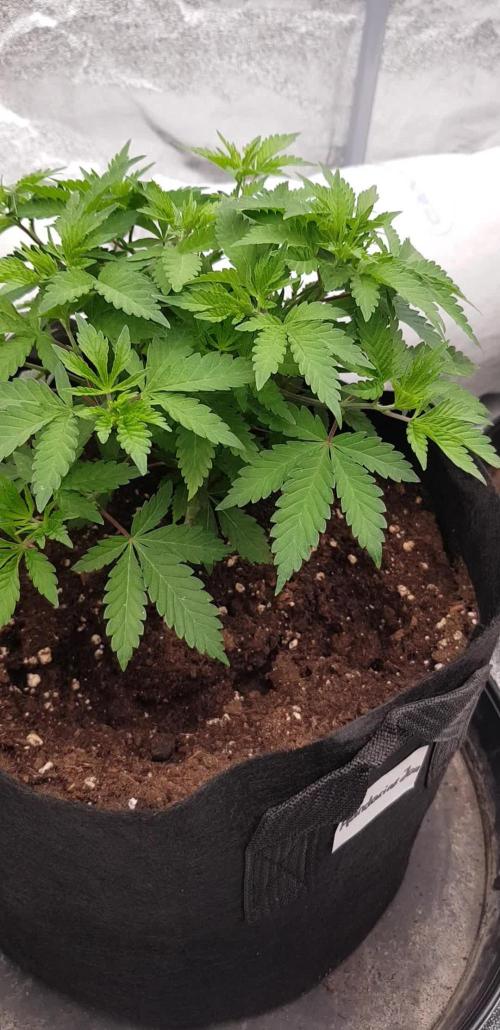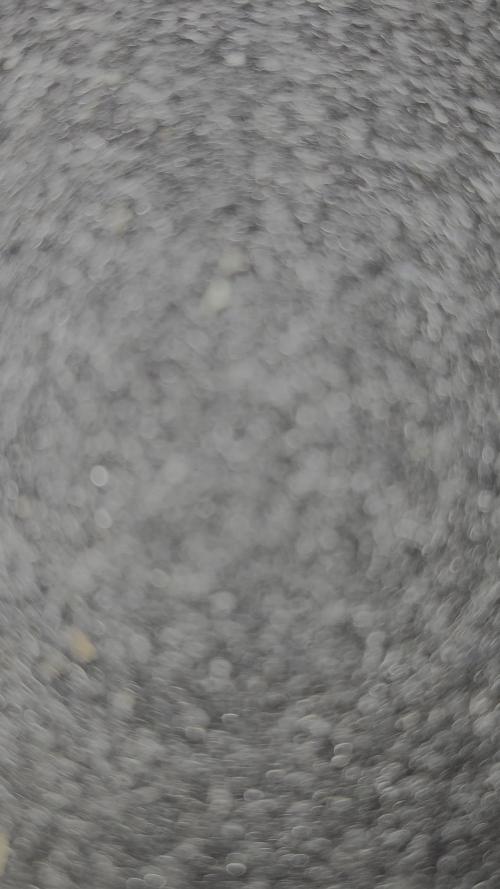The Grow Awards 2026 🏆 



























Likes
Comments
Share


@Skinnytalls420
Follow
It’s look beautiful didn’t get very big but the buds are beautiful looks like it’s gonna be some sticky icky lost of crystals can’t wait to smoke it!!!
Likes
9
Share


@GERGrowDesigns
Follow
Welcome to Veg Week 5 of Sensi Seeds Mandarine Jam
I'm excited to share my grow journey with you from my
Sensi Seeds Project . It's going to be an incredible ride, full of learning, growing, and connecting with fellow growers from all around the world!
For this Project , I’ve chosen the Feminized Photo Strain Mandarine Jam:
Here’s what I’m working with:
• 🌱 Tent: 120x60x80
• 🧑🌾 Breeder Company: Sensi Seeds
• 💧Strain Info : 20-23%
• ⏳ Flowering Time: 7-8weeks
Likes
15
Share


@CK-OrgGrow
Follow
Ja in der Woche habe ich die Mimosa Fast geerntet und zum Trocknen gehangen. Bei der Ernte habe ich nur die ganzen großen Blätter entfernt und dann die Triebe auf gehangen.
Likes
6
Share


@rvabudman
Follow
Graduated, and am off from work for a few weeks, so went overboard on photos. Plant is doing well, leaves are starting to turn yellow (strain trait).
Can't wait for the harvest and being able legally gift my xmas ornaments to my cousins during our "cousins walk" at our family xmas party.
Likes
4
Share


@AutoDevilHQ
Follow
A New Adventure Begins.
Say hello to Fast Buds Strawberry Pie Auto.
A whopping 26% THC 85% Indica strain so I am expecting her to be short and stocky so very low maintenance on LST and Defoliation but you just never know.
Find out more about my methods and how you can learn every step by signing up to
www.autobeastmethods.com
Happy Growing Gang
Everyday Growing is a Day Learning
www.instagram.com/drautodevil
Likes
18
Share


@rhodes68
Follow
9/8 D65 Seems our "good" weather is ending and if the forecast is correct for the next three days, only three of the last ten were sunny.
That aint good folks not sure what can be done about it outside of artificial light and that would go on the ATF if any were available.
Ah well learning is fun
She looks good just needs some blasted sun
Zombie is thriving, go figure
Full feed yesterday
9/10 Sunless days continue, maybe two hours sun today then the rain moved in and the temp dropped... global warming my arse
The forecasts were correct now I can only hope that continues as it is forecast for much better the next 2 days and then right back to this mess.
9/11 Yep today was a big improvement glad to have it
9/13 Day 70
New vids, top dressing seems to have triggered a new run of bud building on both Gloria and zombie Quasimodo (cant kill some of these Mex Air plants). The moster crop growth pattern is interesting as hell just letting it grow. Gloria looks to be building a basketball bud on top :)
Weather degrading harvest in a couple weeks max trics say same
Likes
10
Share


@Skinnytalls420
Follow
Day 33-13/01/22 they look really well I’m just trying to make space in my other tent so I can move half of them out and be more organised but I think this is the last week of veg!!!
Likes
5
Share


@Inkyy
Follow
Harvested and wet trimmed, better of the 2 plants imo but we shall see after drying.
Dry weight after trim: 193 grams
Likes
20
Share


@Canadian
Follow
The plan seems to be in pre flowering has not gone into full flowering yet so far it is showing Great Signs creating lots of branches no real smell to it but she's pretty to look at it thank you for reading I will continue to update have a happy grow
Likes
81
Share


@UnorthadoxDude
Follow
Hey! Welcome to week 9 for Karen! Week 8 is now complete so please go and check it out 🙏. Big week last week... massive.
Day 57: Fertigated 6l. Height 40cm.
Day 58: Scent has stepped up again and I'm noticing some of bud sites starting to develop frost.
Day 58.5 Flushed with 20l of PH & CalMag.
Day 59: reorganised tent
Day 60: Fertigated 3l. Karen has put on a load of frost in the last 24h. I mean seriously. Smell stepped up again. Height 44cm.
Day 60.5: I have had a really good look at other KKA grows. I think Karen is going to need a few extra weeks. I think she will be ready for harvest in about week 14. So I think we have about another 4-5 weeks to go.
Day 61: Adjusted the LST a bit. She's frosting rapidly now. 😍😍🤩 Height 45cm. Width: 60cm x 70cm
Day 61.5: It is only 8 days since I *heavily* defoliated and I think I probably should do it again already. Things are progressing well at the moment though so I am trying to resist doing it too soon. She is still stretching.
Day 61.75: Right, I have done some research and I have made a decision,. I'm going to give Karen 2 full weeks from the last defoliation on day 53, so on day 67 (i.e half way through next week) I will defoliate and perform final LST just to space out the colas a bite more at the "top" of the plant.
Incidentally, Nesia is now easily the same spread as Karen.. Nesia is going to be much bigger than Karen. Check out Nesia here: https://growdiaries.com/diaries/161801-grow-journal-by-unorthodoxdude
If you are interested in the stunted Big Bang Auto - Bertha - who is 2 days younger than Karen, check her out here: https://growdiaries.com/diaries/158111-grow-journal-by-unorthodoxdude - in the current week I have added various photos of the non-cannabis plants in my tent. Who knew basil flowers were so pretty? 😊
Day 62: Fertigated 3l
Day 63: Height 47cm width 65cm x 75cm
Week Summary: Another big week with a plant barely recognisable from herself a week ago. As well as the ongoing stretch she has started to frost over this week and I am hoping this continues because more and more is appearing all over the place.
Processing
Likes
3
Share


@GladaMinnen
Follow
Hello fellow buddlovers!
It is my great pleasure to announce the start of week 3! All our competitors are looking healthy and strong!
Today we begin to nourioush our little Padawans into becoming true committed servants of JAH.
They had have a taste of God forbidden fruits of nutrition from Gold Label such as root boost and soil a/soil b and some supplements for desert from humbolt county's own Ultra snow & Cal mag. To inspire the growth and the quality of the beauty sleep we replaced old CO2 bag with a new one.
Glads me to see that our soldiers are doing really good. They have growth from 17cm(day 15) to 20cm(day 17) in just 2 days since i fed them.
Really looking forward to see the full veggie bloom out.
Yours own Glada Minnen!
Don't be shy to ask anyting :).
Likes
1
Share


@GreenSunrise
Follow
started the flush this week. started to notice a couple of problems with drying out around 2 of the buds. raised the lights up to get some of the heat away from the top buds. a bit worried i left the flush too late.
Likes
3
Share


@Farmerbry71
Follow
Day 87 for this AK Auto super frosty very heavy buds had to tie up all the branches loving life and haven't had any problems with bugs temperature or with the nutrients feed and its been very hot and lots of heavy rain here in Ontario Canada
Likes
12
Share


@ZzTooRightOGzZ
Follow
Week 3 going well.
Topped her and doing a bit of lst to her as well hope everything goes well.
Week 4 fead her with 25ml off grow auto from living Soils.


























